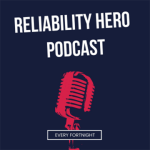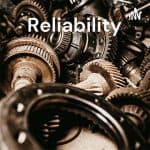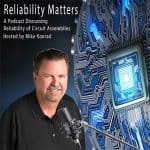
Talking CMMS plus Maintenance and Reliability and Leadership with Matt Beach
Matthew Beach joins CMMSradio to talk about maintenance, maintenance management, reliability, and CMMS!! Inspired by some posts on LinkedIn and a bit of comment trading we wanted to connect for a grip it and rip it style conversation! That’s what we do!!
Thanks for joining, Matt! A fun and useful conversation indeed! Thanks to our followers and supporters. Follow @cmmsradio for more episodes and feel free to connect with our company page on LinkedIn here: https://www.linkedin.com/company/cmms…








 Ask a question or send along a comment.
Please login to view and use the contact form.
Ask a question or send along a comment.
Please login to view and use the contact form.